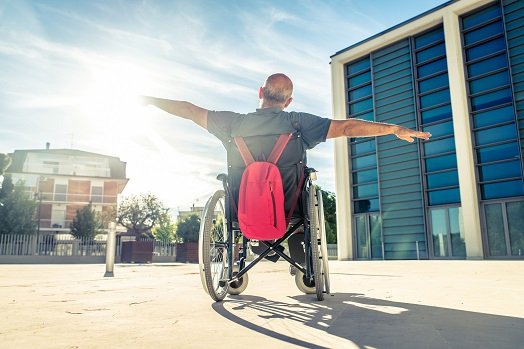No one plans for a car accident, but being prepared can significantly affect the outcome. Whether it’s a minor fender bender or a major collision, knowing what steps to take immediately can help ensure your safety, protect your vehicle, and minimise the impact on your daily life. Here’s a comprehensive guide on what to do for emergency Professional car smash repairs in Melbourne.
Ensure Safety First
The first priority after a car accident is safety. To prevent further accidents, move your vehicle to a safe location away from traffic. Turn on hazard lights to alert other drivers, especially if your vehicle obstructs traffic flow. Check yourself and any passengers for injuries and call emergency services immediately if medical attention is needed.
Assess the Damage
Once it’s safe to do so, assess the damage to your vehicle. Look for visible signs of damage, such as dents, scratches, broken lights, or fluid leaks. Take note of any damage to the car’s structure, as this may affect its drivability and safety. If the damage is severe or you’re unsure about the condition of your vehicle, avoid attempting to drive it until it has been inspected by a professional.
Document the Scene
Documenting the accident scene is crucial for insurance purposes and potential legal issues. Take photos of the damage from various angles, including close-ups of any dents or scratches. Capture the overall scene, including road conditions, traffic signs, and other vehicles. Collect contact information from witnesses if possible, as their statements may be valuable later.
Contact Your Insurance Provider
Notify your insurance provider as soon as possible after the accident. Provide them with accurate details of the incident, including the location, time, and description of what happened.
Follow their instructions regarding filing a claim and obtaining an estimate for repairs. Some insurance companies may have preferred repair shops they work with, which can streamline the process of repairing your car.
Seek Professional Assistance
For emergency car smash repairs Melbourne, it’s crucial to seek assistance from a reputable auto repair shop specialising in collision repairs. They have the expertise and equipment to assess the damage accurately and provide an estimate for repairs. To ensure quality repairs, choose a shop that is certified and experienced in handling your specific make and model of vehicle.
Consider Your Transportation Needs
If your vehicle is not drivable after the accident, arrange for alternative transportation. Many insurance policies include provisions for rental cars or reimbursement for transportation expenses while your car is being repaired. Check with your insurance provider to understand your coverage and the options available to you during this time.
Understand Your Repair Options
Depending on the extent of the damage, you may have different repair options. Minor cosmetic damage may be repairable through paintless dent repair (PDR), while more extensive damage may require traditional bodywork and repainting. Discuss the options with your chosen repair shop and ensure they use quality parts and materials that meet manufacturer standards.
Follow Up on Repairs
Maintain regular communication with the repair shop to stay informed throughout the repair process. Ask for updates on your vehicle’s status and clarify any questions or concerns you may have.
Once repairs are complete, inspect the vehicle thoroughly to ensure all repairs have been completed satisfactorily before taking possession.
Know Your Rights
As a consumer, you have rights regarding the repair of your vehicle. Familiarise yourself with consumer protection laws in your area, including warranties on repairs and your right to choose a repair shop.
Avoid pressure tactics to use a specific shop and ensure you are comfortable with the repair process and the quality of work.
Conclusion
Experiencing a car accident can be stressful, but knowing what steps to take for emergency car smash repairs Melbourne can help mitigate the impact. By prioritising safety, documenting the scene, contacting your insurance provider, seeking professional assistance, and understanding your repair options, you can navigate the aftermath of an accident more effectively.
Remember, your safety and well-being are paramount, so take the necessary steps to ensure you and your vehicle receive the care needed during this challenging time.By following these guidelines, you can expedite the repair process, minimise inconvenience, and restore your vehicle to its pre-accident condition. Being prepared for emergencies is not just about knowing what to do—it’s about protecting yourself and your investment in your vehicle.





